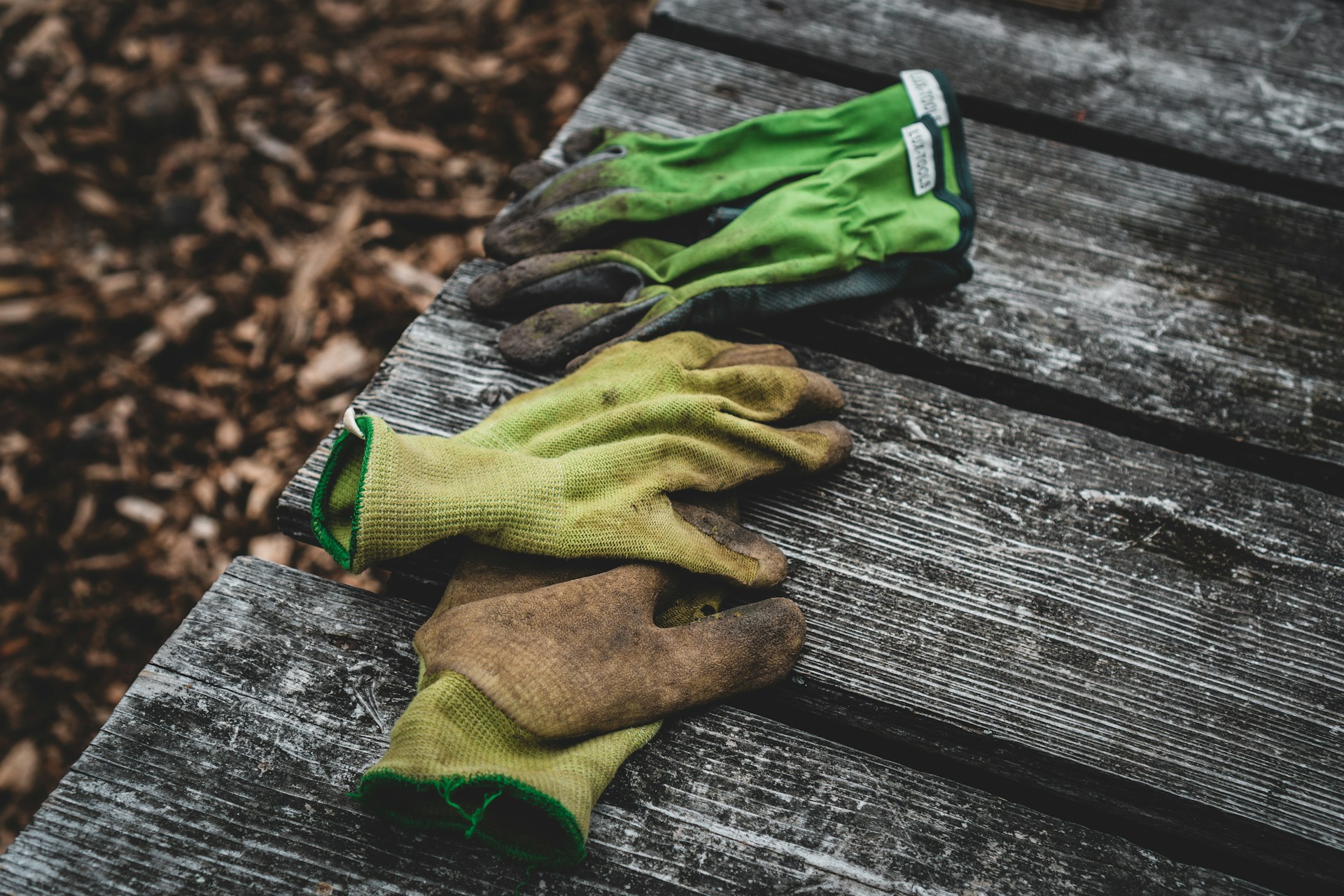Spring is knocking on Placerville’s door, and with it comes the promise of vibrant blooms, fresh veggies, and that earthy satisfaction only a gardener knows. But before you dive into planting, some groundwork must be done. Think of it as giving your garden a spa day after winter’s long nap. Here’s how to whip your yard into shape for a spring that’ll make your neighbors jealous.
1. The Great Garden Cleanup: Out With the Old
Winter leaves behind more than just chilly memories—it scatters dead leaves, fallen branches, and stubborn weeds all over your garden. Grab your gloves and tools (a trusty rake, shears, and maybe a wheelbarrow) and get to work. Clear out the debris, pull up weeds (wait for the soil to dry first), and tidy up garden paths. If you’ve got mulch from last year, rake it around to freshen things up or compost it if it’s looking tired.
Pro tip: Don’t skimp on this step—your plants will thank you for the clean slate.
2. Tools Need TLC Too
Your garden tools have been hibernating all winter, so they’re probably feeling slightly rusty. Give them a good scrub, sharpen those edges, and oil any hinges. If something’s beyond repair (looking at you, ancient trowel), treat yourself to an upgrade. A well-maintained tool is like a good friend: reliable and less likely to let you down mid-task.
3. Prune Like a Pro
Placerville winters can leave shrubs and trees looking scraggly. Late winter is prime time to prune away dead or diseased branches. This isn’t just about aesthetics; pruning helps plants grow healthier and stronger. This is a must-do for fruit trees before they wake up from dormancy.
4. Soil: The Unsung Hero
Your soil has been through a lot—rain, frost, and who knows what else—so it needs some love. Loosen compacted dirt with a spade or fork and mix in compost or soil amendments to boost nutrients. Heavy clay soil? Add organic matter like compost to improve drainage and fertility. If you’re unsure about your soil’s health, test it! Knowing its pH and nutrient levels can save you from planting disasters later.
5. Raised Beds Are All the Rage
If you’ve considered adding raised garden beds, now’s the time. They’re perfect for controlling soil quality and extending the growing season—plus they’re easier on your back (bonus points for that). Whether you’re planting flowers or veggies, raised beds are a win-win for beginners and seasoned gardeners alike.
6. Plan Your Plant Party
Before you start digging holes willy-nilly, take some time to plan what you want to grow. Placerville’s climate is perfect for warm-weather crops like tomatoes, cucumbers, squash, and melons—not to mention colorful blooms like zinnias and sunflowers.
Sketch out your garden layout and think about companion planting (some plants thrive when paired together). Order seeds early so you’re not scrambling when planting season hits.
7. Start Seeds Indoors: A Head Start on Spring
Some plants need a little extra time to get going—think tomatoes, kale, or broccoli. Start these seeds indoors in seed trays or DIY containers like egg cartons. Keep them in a warm spot with plenty of light and water them gently but consistently. By the time spring rolls around, they’ll be ready to move outdoors.
8. Composting: Black Gold for Your Garden
Why spend money on compost when you can make your own? Set up a compost bin for kitchen scraps (no meat or dairy!) and yard waste. Not only does this cut down on trash, but it also gives your soil the nutrients it craves.
If you’re new to composting, don’t overthink it—just layer “greens” (like veggie scraps) with “browns” (like dried leaves) and let nature do its thing.
9. Irrigation Check-Up
Placerville summers can be dry, so make sure your irrigation system is ready to roll before the heat sets in. Inspect hoses for leaks, clean out clogged drip emitters, and test everything to ensure even water distribution.
No irrigation system? Consider installing one—it saves water and delivers moisture directly where plants need it most.
10. Fix Fences & Trellises Before They Fall Apart
Winter weather can wreak havoc on wooden fences and metal trellises alike. Check for rusted screws, cracked wood, or peeling paint—and fix them now before they become bigger problems later on.
A sturdy trellis isn’t just functional; it’s also a great way to show off climbing plants like beans or roses come summer.
Spring in Placerville is all about preparation—and a little elbow grease now means you’ll have more time to enjoy your garden later (preferably with lemonade in hand). So grab your tools, roll up your sleeves, and get cracking!
Sources: dripworks.com, vegogarden.com
Header Image Source: Jonathan Kemper on Unsplash






